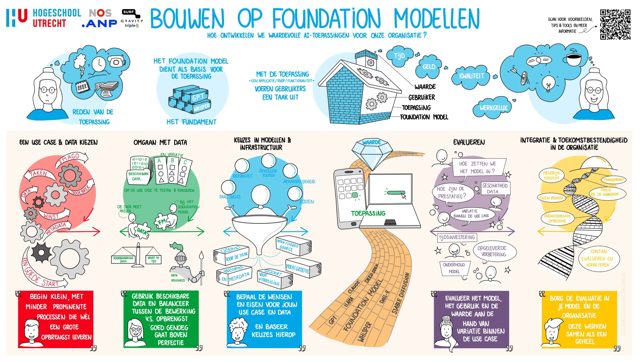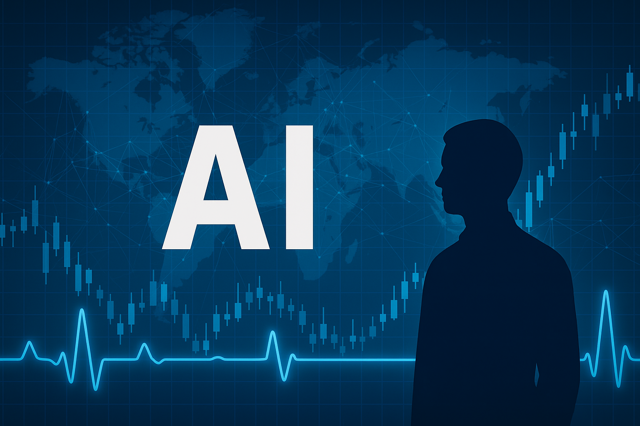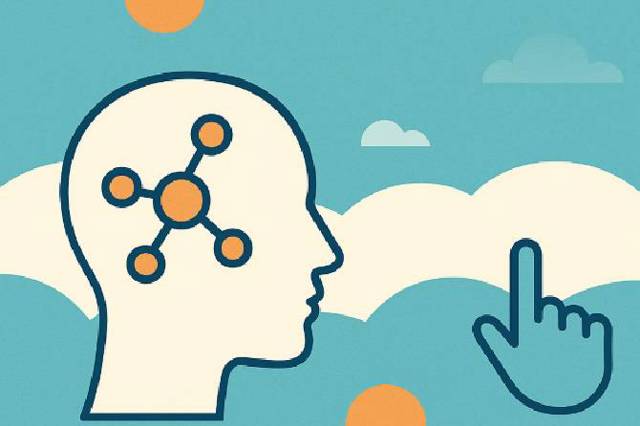< Back to news
Roald: "Motion amplification is a new technology that uses a camera to collect images of tiny movements, invisible to the eye. These movements are then extremely amplified with artificial intelligence. A well-known example is a video from the Massachusetts Institute of Technology (MIT). which shows how this technology makes visible the subtle breathing of a newborn baby, or someone's pulse. 


3 October 2023
Making the invisible visible with AI: Roald studied it
At the HvA's new master's in Applied A.I., the first batch of students graduated this summer. What is unique about this master's is that students not only learn the theory, but also make and apply A.I. models and critically examine the consequences for fields of study.
Roald Teunissen delved into 'motion amplification', a new application of artificial intelligence that is going to mean a lot for the healthcare, maintenance and energy sectors.
What does this new form of A.I. entail?
Roald: "Motion amplification is a new technology that uses a camera to collect images of tiny movements, invisible to the eye. These movements are then extremely amplified with artificial intelligence. A well-known example is a video from the Massachusetts Institute of Technology (MIT). which shows how this technology makes visible the subtle breathing of a newborn baby, or someone's pulse.
Motion amplification will soon be especially indispensable for maintenance. In the logistics, manufacturing and energy sectors, you can use it to detect defects early (predictive maintenance). The A.I. model monitors the entire system and predicts where maintenance is needed before something breaks down. Like a wind turbine with too much vibration in the motor."
Why is this development relevant?
"The social relevance of motion amplification is great for the construction and manufacturing sector, infrastructure and healthcare. After all, you don't need to perform any intervention to detect abnormalities. All you need is a camera, lens, and powerful minicomputer; which comes to over 800 euros. That's a relatively low cost for something that can have a lot of impact, compared to, say, the cost of surgery."
Read the entire interview here (in Dutch).
Vergelijkbaar >
Similar news items

May 29
Building responsibly on foundation models: practical guide by Utrecht University of Applied Sciences and RAAIT
Researchers from RAAIT have published a practical guide for organisations aiming to develop AI applications using foundation models. The guide supports responsible decision-making.
read more >

May 29
SER: Put people first in the implementation of AI at work
In a new advisory report, the Dutch Social and Economic Council (SER) calls for a people-centred approach to AI in the workplace, warning of risks to jobs and social cohesion.
read more >

May 27
🌞 Open Space: AI meets Science Communication – will you take the stage?
Are you working on AI with impact? Wondering how to talk about it with the world? Join us on Thursday 4 July for an open space afternoon on AI & Science Communication, co-organized by Amsterdam AI and NEWS (the Dutch national centre for science & society).
read more >